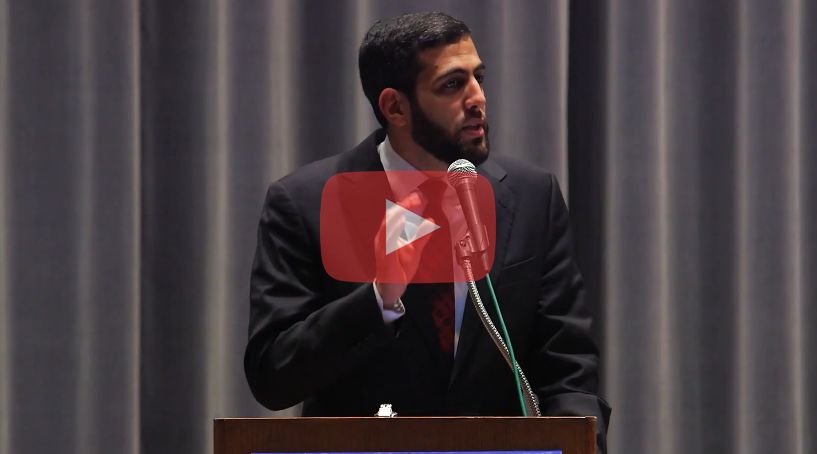Who are we? We touch here on the central question of identity that has occupied people’s minds and continues today to be the nub of much reflection and debate.
The question is a vital one for Muslims living in the West. If the message in which they believe is universal, if they must try, wherever they live, to remain faithful, and if the West is a “place of witness” that allows them to be themselves and feel at home, it is imperative that they define what they are and what they want to be in order better to treat the malaise that can result from not knowing very well how the outlines of that identity are drawn.
This malaise is, to tell the truth, an almost permanent feature of the Muslim psyche in the West: the old immigrants were not very clear about whether they wanted to be “Muslims” in the West or rather “Pakistani, Turkish and Arab Muslims” in the West.
As for native European and American converts, they were divided between exiling themselves from their own culture by Arabizing or Pakistanizing themselves and simply staying what they were at a distance from Muslim communities that had come from elsewhere and were culturally distinct.
The encompassing character of the message of Islam, its universality, and the instruments we have been given to help us live in time should help us to cure these troubling disorders and finally to overcome them.
Once again, a return to the scriptural sources allows us to establish a distinction between the religious principles that define the identity of Muslims and the cultural trappings that these principles necessarily take on according to the societies in which individuals live.
This is a fundamental distinction: just as the universality of the principles allows Muslims to make their own large swathes of national cultures through the process of integration we have spoken of, so it must not happen that a specific culture becomes so identified with Muslim principles that it interferes with adaptation to another context, or more pernicious, that it accords itself a false right to represent the only way of being authentically Muslim (as is sometimes the case with Arab culture).
So, we must distinguish between on the one hand the elements of Muslim identity that are based on religious principles and that give it a necessarily open quality that allows the believer to live in any environment and on the other hand cultures that are e a specific way of living out these principles, adapted for a variety of societies, none having more legitimacy than any other provided that it respects the religious injunctions.
If we embark on the first stage of this stripping down, it is possible to define the import and the meaning of “Muslim identity” by exposing four foundational pillars with specific dimensions.
Let us remember that our task is to extrapolate the essence of the identity from the accident of its actualization in a particular time and place. In other words, our purpose and aim consist in discerning and abstracting Islam from the incidentals of Arab and/or Asian culture, tradition, and dress in order to arrive at a conception of the universal principles to which Muslims in the West must hold if they are to remain faithful and then to dress them in that culture.
At the end of this process, the means of becoming a European or American Muslim will emerge.
Taken from the author’s website.
